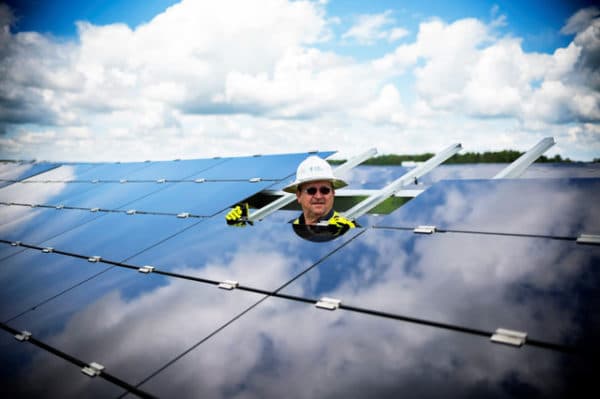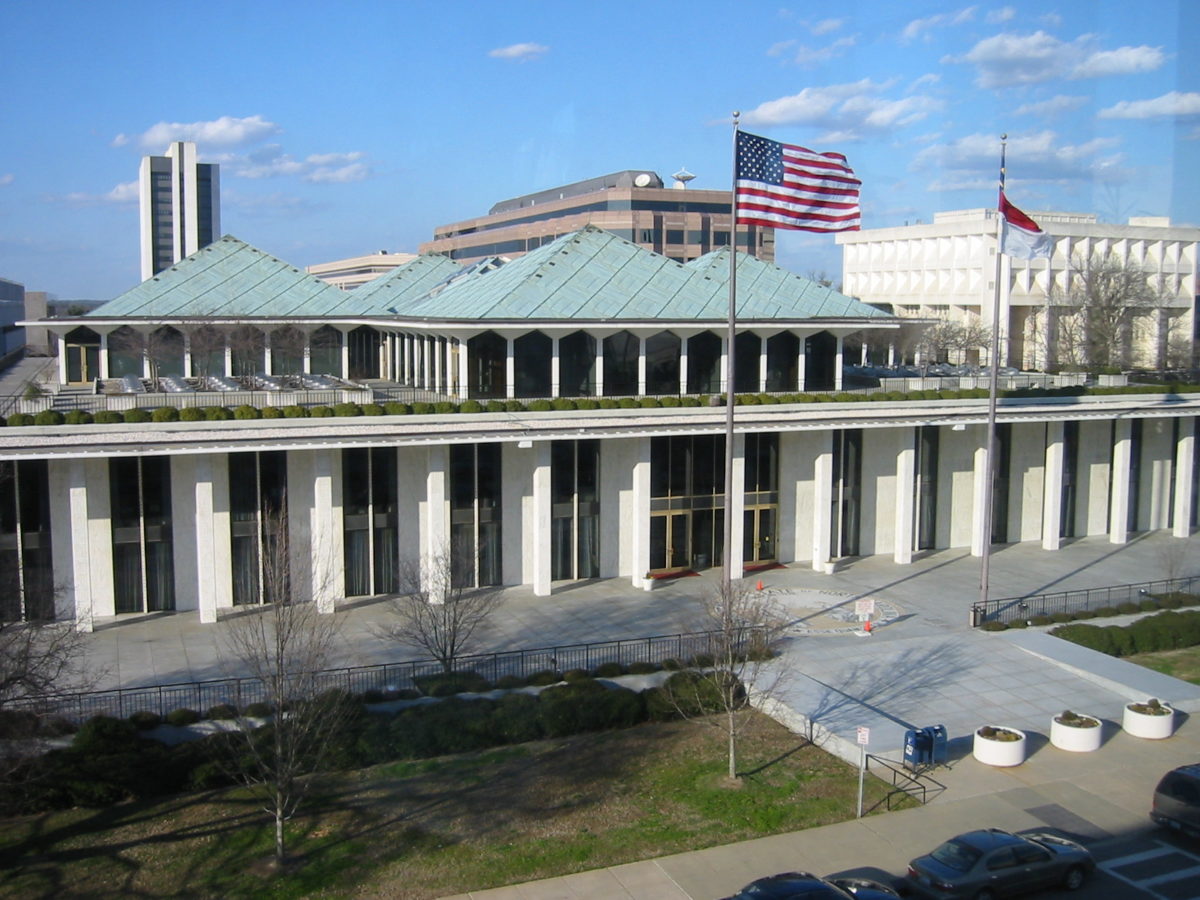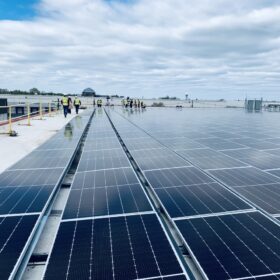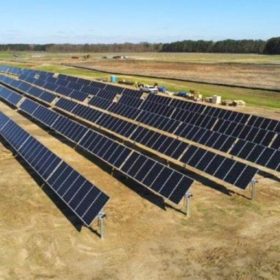The North Carolina Legislature is considering a bill that would bring more than 7 GW of new renewable energy capacity to the state in just under nine years. But it would come with major rate hikes and gigawatt-scale investment into new gas-fired power capacity.
The bill, House Bill 951, has been criticized as being too favorable to Duke Energy, as it would cut down the oversight that state regulators have over Duke’s spending. For renewable energy advocates, the bill’s enticing levels of procurement don’t outweigh its flaws.
The bill is founded on four key actions: early coal plant closures, investment in new gas generation, investment in new renewable generation, and multi-year rate plans.

Image: Duke Energy
The bill calls for the closure of the remaining units of the Allen Coal Plant on or before Dec. 31, 2023; the Marshall Units 1 and 2 on or before Dec.r 31, 2026; the Roxboro Plant on or before Sept. 1, 2024; Cliffside Unit 5 on or before Sept. 1, 2027; and the Mayo Plant on or before Sept. 1, 2027
The bill calls for procuring a natural gas-fueled simple-cycle combustion turbine generating facility at the Marshall site with a generating capacity of around 900 MW. The site of the Allen Plant would be home to a 20 MW/80 MWh battery energy storage system. The other sites would host unspecified storage systems of undetermined capacity.
These additions alone won’t be enough to match the total lost capacity. The bill also calls on the state’s investor-owned utilities to procure 5,487 MW AC over a term of six years, beginning when the state’s Public Service Commission approves the program. The utilities are expected to conduct an annual procurement of approximately 777 MW each calendar year beginning in 2021 and concluding in 2026.
Even with these capacity additions, HB 951 falls short of Gov. Roy Cooper’s call for 70% decarbonization of the power sector by 2030.
Duke’s projects would have no capacity limits, while third-party projects would have to be 80 MW or smaller in capacity.
750 MW would come via a shared solar commercial and industrial customer program, and these projects would be 100% owned by independent power producers, and these owners would sell the electricity to duke under power purchase agreements. The final 60 MW would come via utility-owned community solar gardens.
How all of this new solar will be paid for within the bill has become a point of contention. While the renewables that are expected to fill the bill’s procurement will benefit local communities, the bill would also allow Duke to implement multi-year rate plans (MYRP), a rate structure that the utility has been pursuing for some time.
Spot on @nclcv. Renewable additions in NC's HB951 (5.5GWac) would generate by our estimate:
• Up to $1.4 billion in landowner lease payments
• Over $200 million in local NC tax revenues
• $7.5bn of private investment, predominantly in NC's most economically distressed counties https://t.co/ZkSZwLewxJ— Tyler Norris (@tylerhnorris) July 14, 2021
The MYRP is a process by which the utility can start charging customers for projected costs in the future, as opposed to the current process that looks backward at costs incurred. The MYRP outlined in HB 951 would take place over three years and would limit possible rate increases in the second and third years to 4%.
For the first year of the plan, however, there would be no limit. What’s more, regulators would not be allowed to make changes to a proposal from Duke. The bill would restrict the Commission’s oversight only to approving or denying a plan, curbing their traditional jurisdiction.
The MYRP included in the bill also allows for performance-based ratemaking (PBR). This would allow regulators to incentivize or penalize utilities’ performance based on certain public policy goals, like emission reductions. However, in this instance, the bill calls for a “minimum system method” which experts have argued unfairly places costs on residential customers and “low-use” users.
The bill also gives Duke the authority to institute “standby charges” on customers who install more than 100 kW of solar on their property. While this represents a relatively a small portion of distributed generation systems found mostly on small businesses and commercial buildings, it’s the same type of discriminatory rate that has been instituted in other parts of the country to deter private investment in solar.
Edit 7/16/21: This article has been amended to correct the exact capacity that would be procured under HB 951. We apologize for the error.
This content is protected by copyright and may not be reused. If you want to cooperate with us and would like to reuse some of our content, please contact: editors@pv-magazine.com.









Wonder how straight of a line can be drawn from this bill’s sponsors to Duke Energy “sponsoring” the bill’s sponsors…